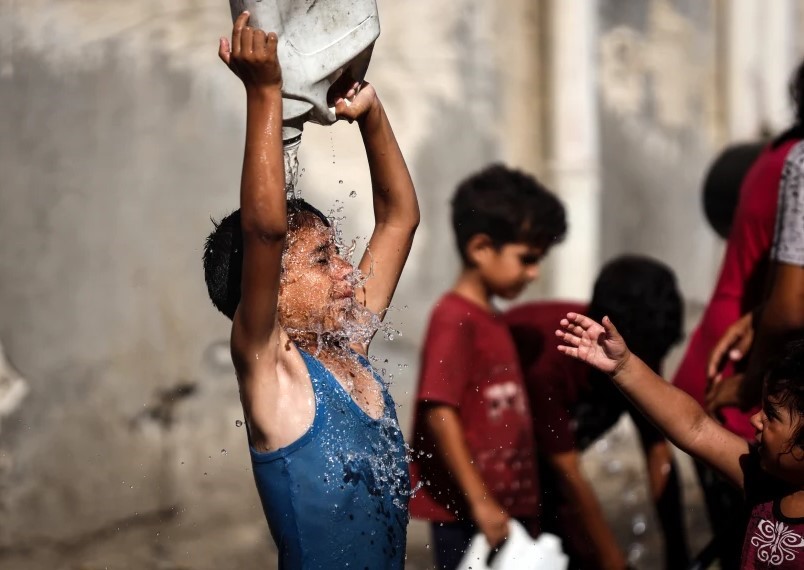
How Hot is Too Hot for Humans?
Researchers are urgently investigating the temperatures humans can endure without air conditioning as the planet warms.
Escalating Heat and Human Survival
Record-setting heat waves have already hit the U.S. early this summer, with at least 38 heat-related deaths reported. Climate change is driving new temperature extremes, prompting scientists to study the limits of human survival without air conditioning and to predict when certain regions might become dangerously hot.
Critical Concerns and Vulnerabilities
There is growing concern that a widespread heatwave in an area without reliable air conditioning could result in mass casualties. Recent research indicates that the threshold for surviving extreme heat is lower than previously believed, especially for older individuals and those in dry climates.
Expert Insights on Heat Tolerance
"We can only sweat so much, and older people even less," said Jennifer Vanos, an associate professor at Arizona State University. In the U.S., heat deaths should be preventable with air conditioning, but many parts of the world lack such resources.
Vital Information on Human Limits
Core Temperature: The human body cannot survive a core temperature of 43°C (109.4°F). Reaching this temperature is almost certainly fatal, often indirectly exacerbating pre-existing health conditions.
Humidity Factor: Sweating is crucial for cooling, but high humidity hinders sweat evaporation, causing dangerous heat build-up in the body. "If it's too humid, your sweat doesn't evaporate," explained Scott Denning, a climate scientist at Colorado State University.
Wet-Bulb Temperature: This metric combines temperature and humidity, indicating the cooling effect of sweating. A wet-bulb temperature of 35°C (95°F at 100% humidity) is considered the upper limit for human survival without cooling. However, this does not account for factors like sun exposure or physical activity.
Rising Risks in Vulnerable Regions
A 2020 study found that the frequency of extremely humid heat has doubled since 1979. Areas such as coastal India, Pakistan, the Persian Gulf, and the Gulf of Mexico have approached or briefly exceeded the wet-bulb threshold. These regions, home to hundreds of millions without air conditioning, face potential mass mortality events as temperatures rise.
New Research and Findings
A 2022 study in the Journal of Applied Physiology suggests that the survivable wet-bulb temperature is closer to 30-31°C (86-87.8°F) for young, healthy individuals performing basic tasks. Vanos's research indicates that older adults, who sweat less efficiently, are at severe risk even at lower temperatures. Exposure to temperatures above 115°F for six hours can be deadly, even in low humidity and shade.
"There will never be one threshold to survivability, and thinking that way is dangerous," Vanos cautioned.